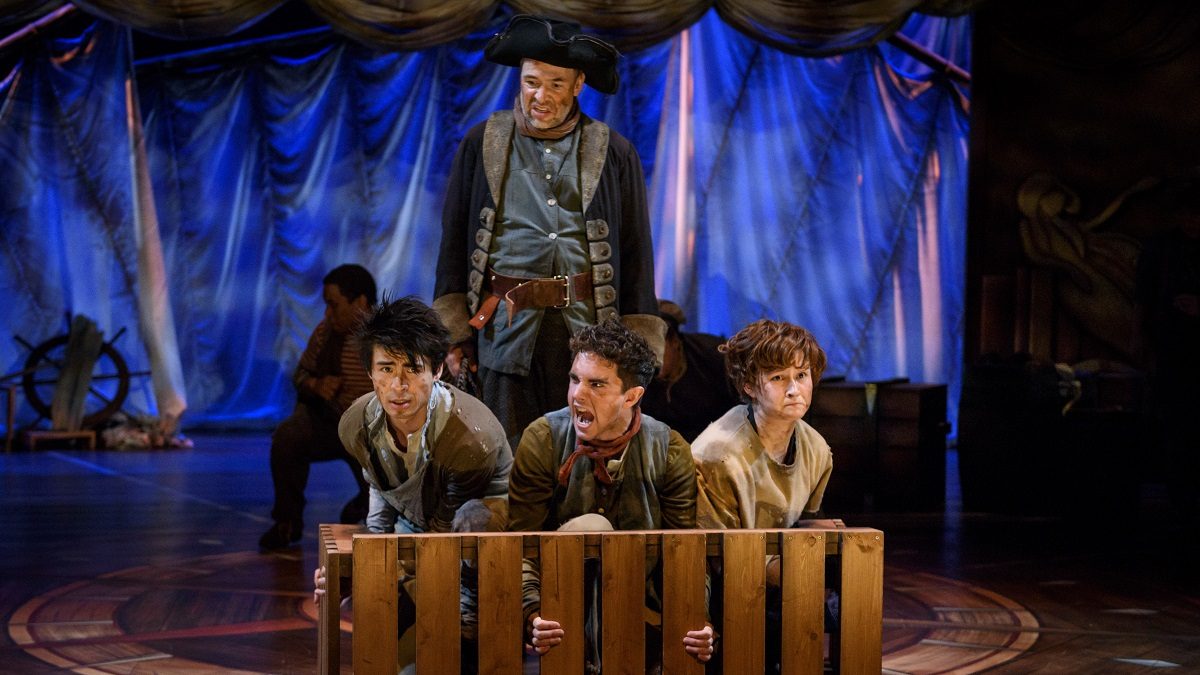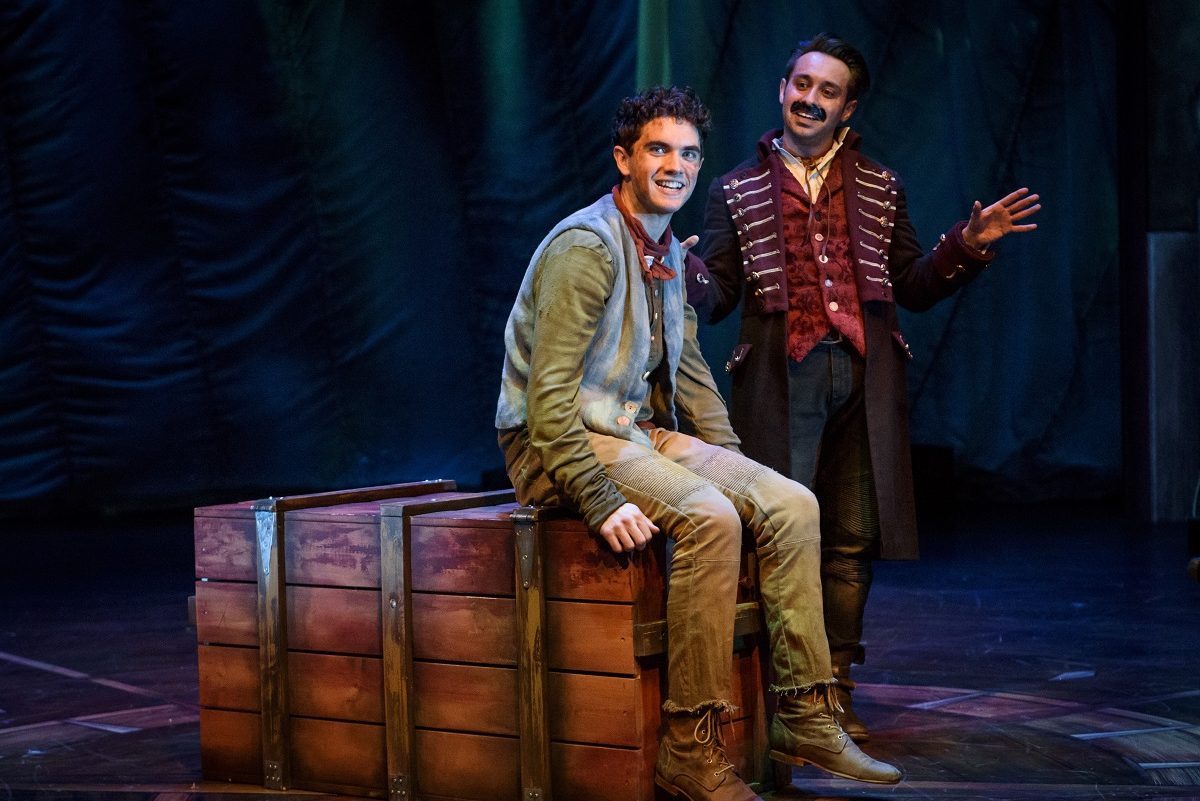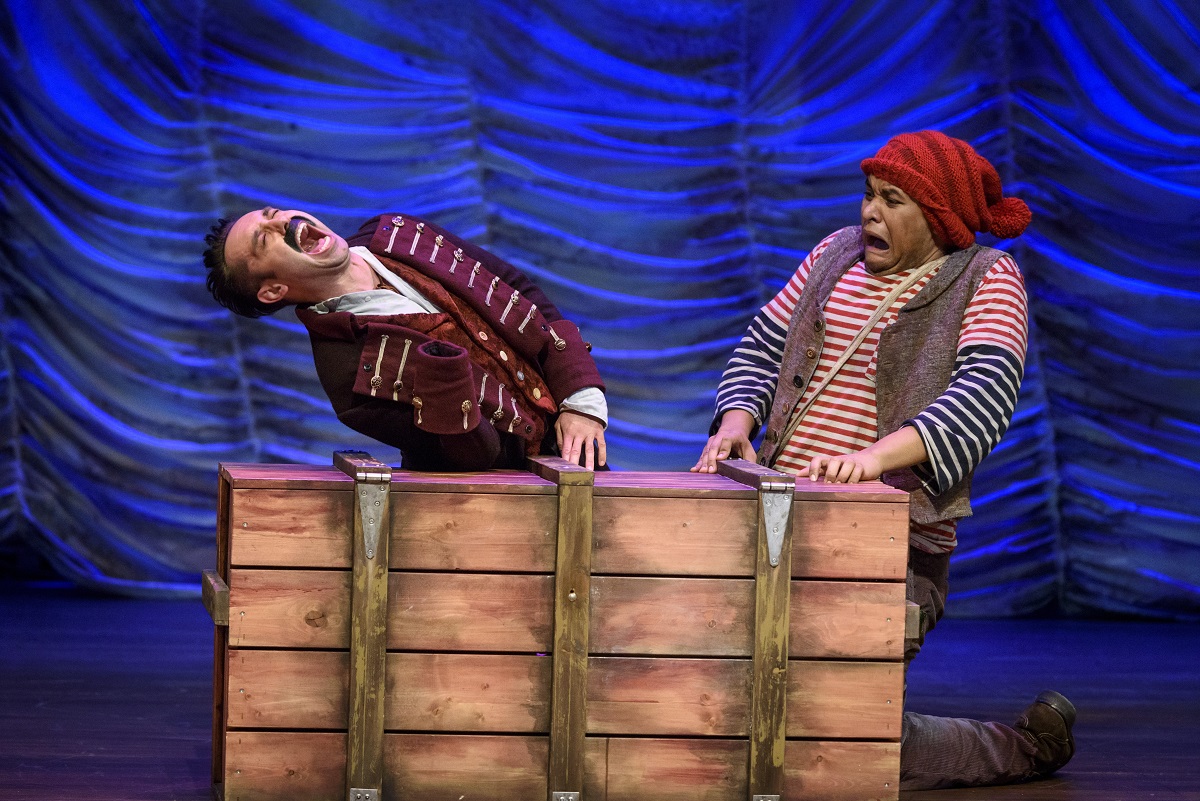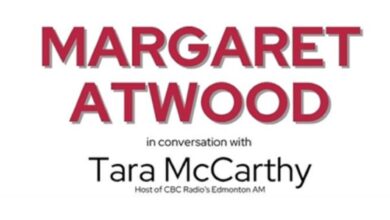Theatre Review: Peter and the Starcatcher
 Courtesy of EPIC Photography
Courtesy of EPIC PhotographyPeter and the Starcatcher
Stage adaptation by Rick Elice
Based on the novel by Dave Barry and Ridley Pearson
Music by Wayne Barker
Directed by James MacDonald
Starring Farren Timoteo, Andrea Rankin, and Oscar Derkx
Citadel Maclab Theatre
Now — April 23, 2017
Tickets: Starting $25 (Available here)
Much like the living room or backyard role play adventures of your childhood, Peter and the Starcatcher relies on the power of make-believe, pushing its audience to stretch the boundaries of their imaginations.
Five-time Tony Award winner Peter and the Starcatcher, adapted from the 2006 Dave Barry and Ridley Pearson novel of the same name, serves as a funny, charming, and tender prequel to J.M. Barrie’s beloved, Peter and Wendy. The classic characters — Peter Pan, the Lost Boys, Captain Hook and his bumbling henchman, Smee — are all present but have yet to reach their full form. Peter and the other boys are instead scrappy orphans being sent away on a ship called the Neverland while Captain Hook is a two-handed (hookless) flamboyant pirate named Black Stache.
The play is centered around a young girl named Molly (Andrea Rankin) and her father, Lord Aster (Doug Mertz) and their quest to protect and later retrieve a precious chest containing a magical powder known as ‘starstuff.’ The chest, of course, ends up on the Neverland, bringing Peter and the orphans — and later Black Stache and his pirate crew — into the adventure.

Much of director James MacDonald’s Citadel production is surprisingly simple but extremely effective, inventively utilizing a method known as “physical theatre” which started the cast of a dozen actors on a nearly empty stage, allowing them to build the production before the audience’s eyes. The set and props are very minimal, featuring a handful of planks, a few lengths of rope, some chests and a pair of miniature ships. The result is a show that pushes viewers to flex their imaginative muscles and believe that swinging ropes are water, boxes being pushed across the stage are ships, and wooden planks are doors. MacDonald also successfully uses the Maclab Theatre’s thrust stage, allowing the actors to rush up and down the stairs as well as bringing the performance right through the rows of seats.
Stealing the show, though, is Farren Timoteo as Black Stache. Timoteo’s performance is electric and his characterization turns an often serious and gruff villain into a vain, flamboyant, and eccentric prima donna. Always accompanied by the amusing Peter Fernandes as Smee, both actors’ presences on stage usually matched the audience’s laughter.
The romance between Peter and Molly and its inevitable end as Molly will eventually grow old and Peter won’t (spoiler… but not really, you all know Peter Pan is a boy forever) is surprisingly touching and pulls heart strings. Just as Peter and the Starcatcher highlights the wonders of childhood through its focus on imagination, it also emphasizes the bittersweet truth that childhood is momentary. Although we may grow old, that doesn’t necessarily mean we have to grow up. Peter and the Starcatcher’s intention to push audiences to re-enter that world of make-believe — no matter their age — emphasizes this.

However, much of the second act suffered from a lack of energy. Perhaps this was because the first act was explosively comical and also gave characters like Black Stache and Smee a greater presence while the second act focused more on Peter, Molly and the Lost Boys. In addition, the actors also didn’t follow the build-the-production style as much as in the first act. In the end, it didn’t have too big of an effect on the overall production as was redeemed by a heartfelt ending.
If you’re able to follow along with the cast as they build the production and believe that the minimal props and set are a world of magic where mermaids, boys who can fly and pirates with hooks instead of hands can exist, then Peter and the Starcatcher is sure to be a thrilling adventure.




